
Bion-M 2 satellite carries 75 mice and about 1,500 fruit flies - Photo: Roscosmos
Early morning of August 21 (Vietnam time), Russia successfully launched the Bion-M biological satellite No. 2 from the Baikonur cosmodrome using the Soyuz-2.1b rocket.
The satellite carried 75 mice, about 1,500 fruit flies and many other biological samples such as cells, plants, grains, fungi, lichens and seeds.
According to a VNA reporter in the Russian Federation, Bion-M No. 2 will fly in space for 30 days before landing in the Orenburg steppe (Russia) on September 19.
Unlike the International Space Station (ISS) at an altitude of 400km, this satellite will fly in a Sun-synchronous orbit at an altitude of 800km, where radiation levels are 10 times higher than the ISS.
According to scientists , 30 days in this orbit is equivalent to 3 years living on the ISS in terms of radiation exposure.
This is also the first time the Bion-M satellite has flown in a highly inclined orbit at an altitude of 370-380km, where radiation levels can be 30% higher than in the ISS orbit.
Scientists want to test biological safety in the harsh space environment and liken the satellite to a large-scale biomedical laboratory.
The head of the Russian space agency Roscosmos, Dmitry Bakanov, said the experiment was an important step in assessing biomedical risks when humans carry out long-duration missions to the Moon and Mars.
Polar orbit radiation remains a major challenge in space research because galactic rays can damage cells. Scientists hope to find radiation shields to protect future astronauts.
A polar orbit is a type of orbit in which a satellite moves around a celestial body (usually the Earth) and passes over or near the poles of that body on each revolution. This means that the orbit is inclined at or near 90 degrees to the equator of the body.
Test results are expected to be announced by the end of 2025, helping determine the ability to protect astronaut health and grow crops in a zero-gravity environment.
In 2028, Russia plans to launch Bion-M No. 3, equipped with a centrifuge to create artificial gravity - a new step for further space missions.
Source: https://tuoitre.vn/75-con-chuot-1-500-ruoi-giam-theo-ve-tinh-nga-len-khong-gian-20250821103808602.htm












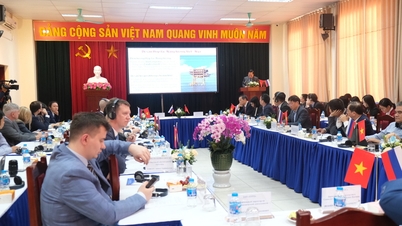






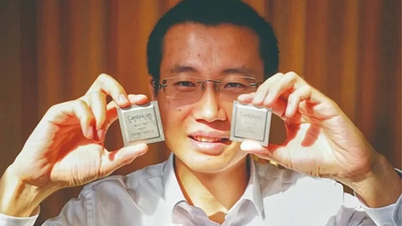















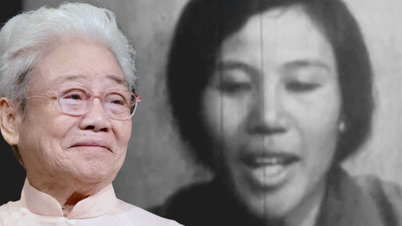
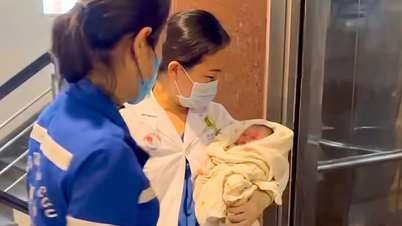






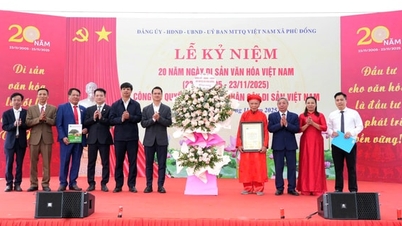





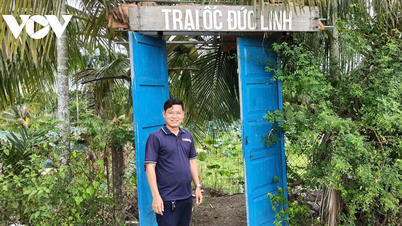

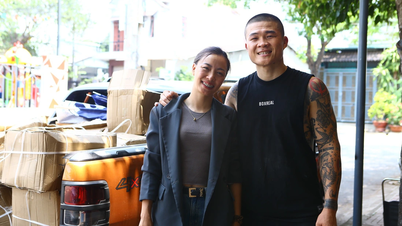


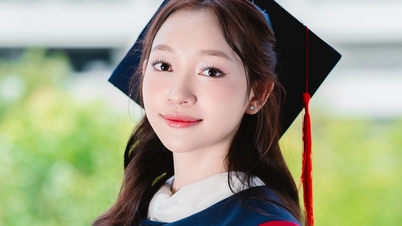

















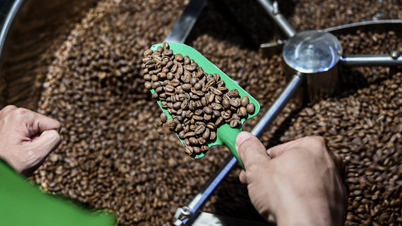

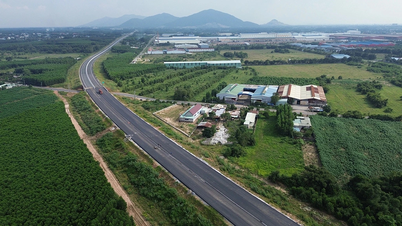










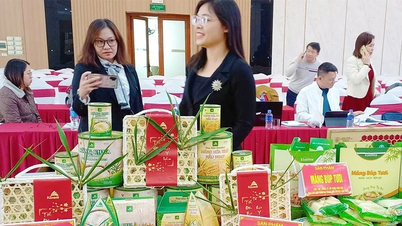

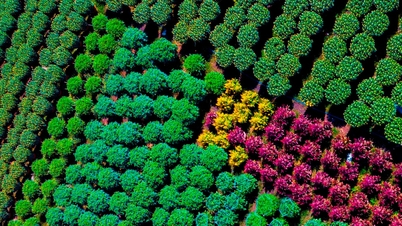


















Comment (0)